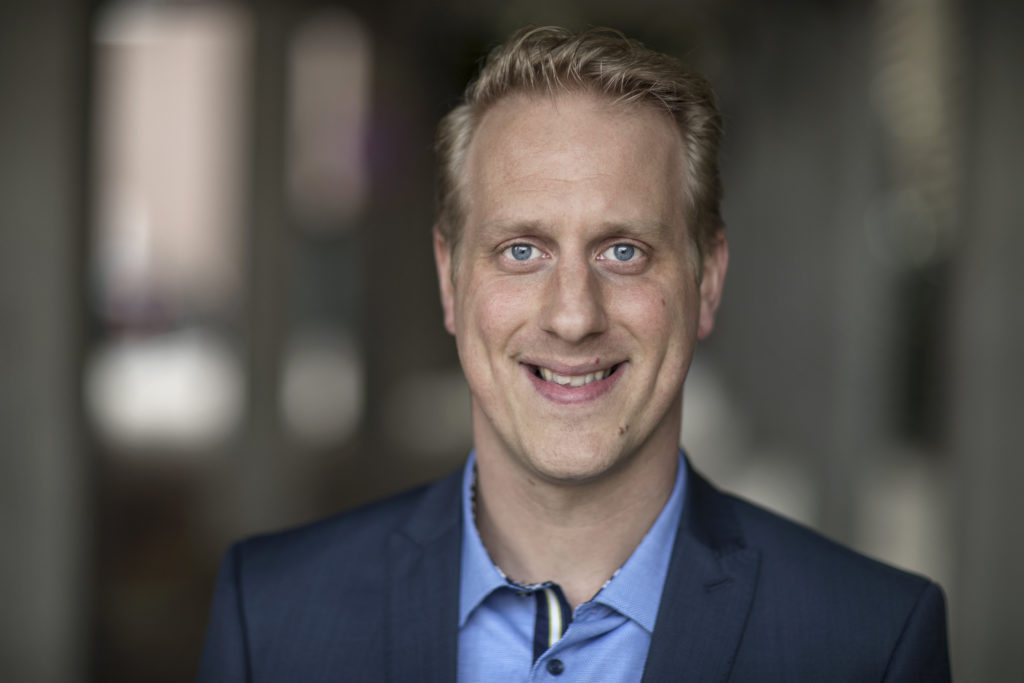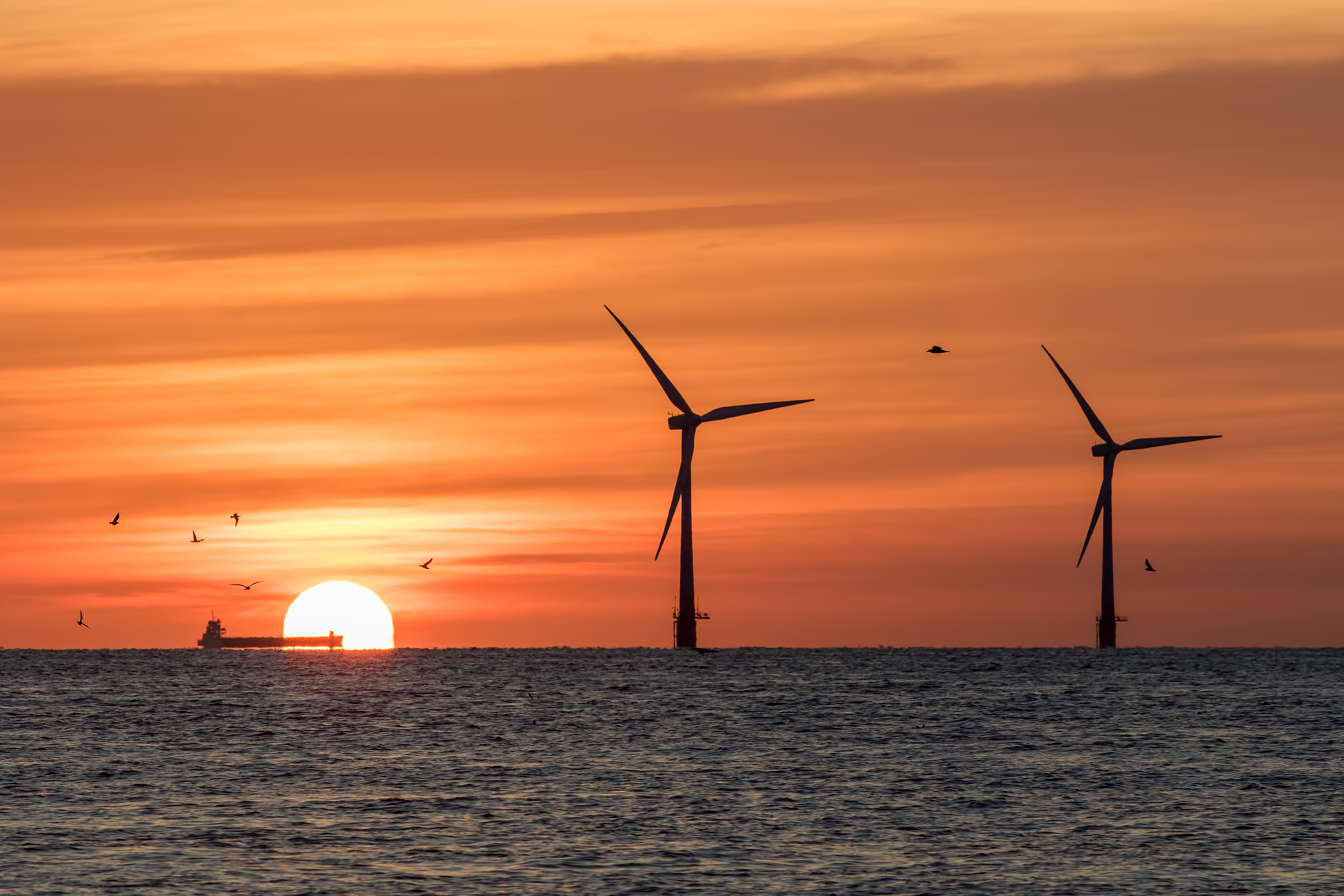Industry, energy companies and the government all want an energy mix including hydrogen. The plans are ambitious: 8 gigawatts of hydrogen must be produced in the Netherlands by 2030. To accelerate developments, Sif Group, KCI the engineers, GE Renewable Energy and Pondera signed a Memorandum of Understanding (MoU) in May 2022 for a feasibility study into off-grid production of hydrogen at sea.
By: Marjolein Bezemer.

Egbert Jansen, Contracting Team Manager at Pondera is eager to get started. ‘We want to start our project for off-grid hydrogen production at sea as soon as possible, even though the hydrogen market is not yet fully developed. If everyone keeps waiting, nothing will happen’. In the years ahead, the proportion of renewable electricity will increase considerably, yet the electricity grid is unable to accommodate all the generated energy. To prevent congestion on the grid, hydrogen can offer a solution for storing energy. Companies in freight transport and heavy industry also see hydrogen as the solution to their considerable demand for renewable energy carriers. Pondera is therefore experimenting with wind turbines that can convert electricity into hydrogen on site. What is so innovative about this? And what are the challenges?
Innovative
By the end of 2023, a working prototype should be ready on the Maasvlakte 2 site. The wind turbine ‘the Haliade’, coupled with an 8 to 10 megawatt electrolyser, will generate around 700 tonnes of hydrogen gas per year. ‘Producing green hydrogen off-grid at sea has never been done before. We want to show the world what is possible, as soon as possible’, says Jansen. ‘Theoretically, this is very easy’. The wind turbine supplies the electricity that an on-site electrolyser converts into hydrogen, the energy carrying gas, with oxygen as a byproduct.
Many challenges
That sounds simple, but there are challenges in its implementation. There will be no grid connection and the entire construction must be self-sufficient and remotely controllable. This demands a lot from the project developers when purchasing the various components, as there are no standards for this yet. In addition, the recipients of the hydrogen gas must be able to manage the flexible supply, after all the wind does not always blow as hard. Defining a price and setting out the conditions in a contract also turns out to be quite a job. This is currently being investigated by Pondera in collaboration with its partners Sif, KCI and GE Renewables as well as market parties such as suppliers.
Challenging, yet exciting
Hydrogen at sea is a hot topic, yet there are few examples of implemented projects. ‘It’s not easy’, says Jansen, ‘but it’s exciting’. Implementation also poses a challenge. ‘Because it’s offshore in the middle of the sea, there aren’t many facilities. It’s not in a controlled environment like on land, where you can easily carry out maintenance and have access to electricity and fresh water. Actually, you don’t have any of that at sea. The only source of electricity comes from the wind and that varies constantly. That’s a lot of challenges’, states Jansen. ‘How will the electricity generated by the wind turbine be used to run the electrolyser as optimally and stably as possible? The plant also needs very clean water, which must be made from seawater. It also needs to be low maintenance. After all, a wind turbine at sea only gets two maintenance visits a year. This is all feasible in theory, but in practice it has never been done before and it still has to be proven’.

Getting the job done
Jansen, who has just returned from Paris for a consultation on the project, speaks enthusiastically about the challenges that lie ahead. The design is due for completion this summer. Currently, permits are being prepared, financing is in progress and conversations with potential customers for the generated hydrogen are well under way. The components of the test facility will be ordered after the summer, even if the permit has not been finalised yet; a risk that Pondera and its partners are willing to take. A final decision has to be made by the end of 2022, after which construction will start. Pondera intends to complete this project in 2023 with the help of a small group of people who have a ‘lean and mean’ approach. If not, Jansen believes that hydrogen at sea will not get off the ground. ‘Don’t spend years in meetings. Let’s get the job done!’
This article previously appeared in Pondera’s anniversary magazine. Would you like to receive the magazine (in Dutch) digitally or by regular mail? Requests can be made via this link.









